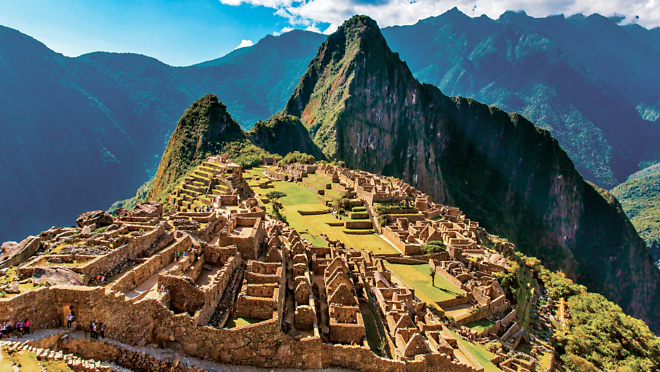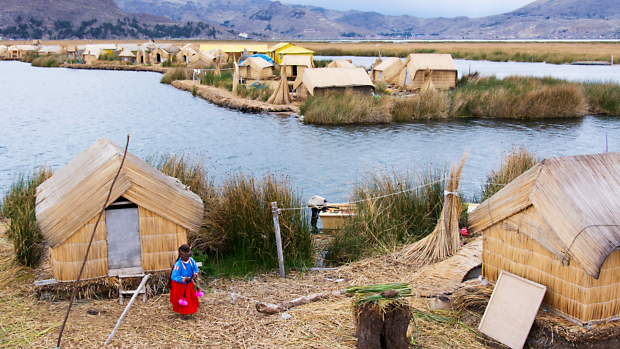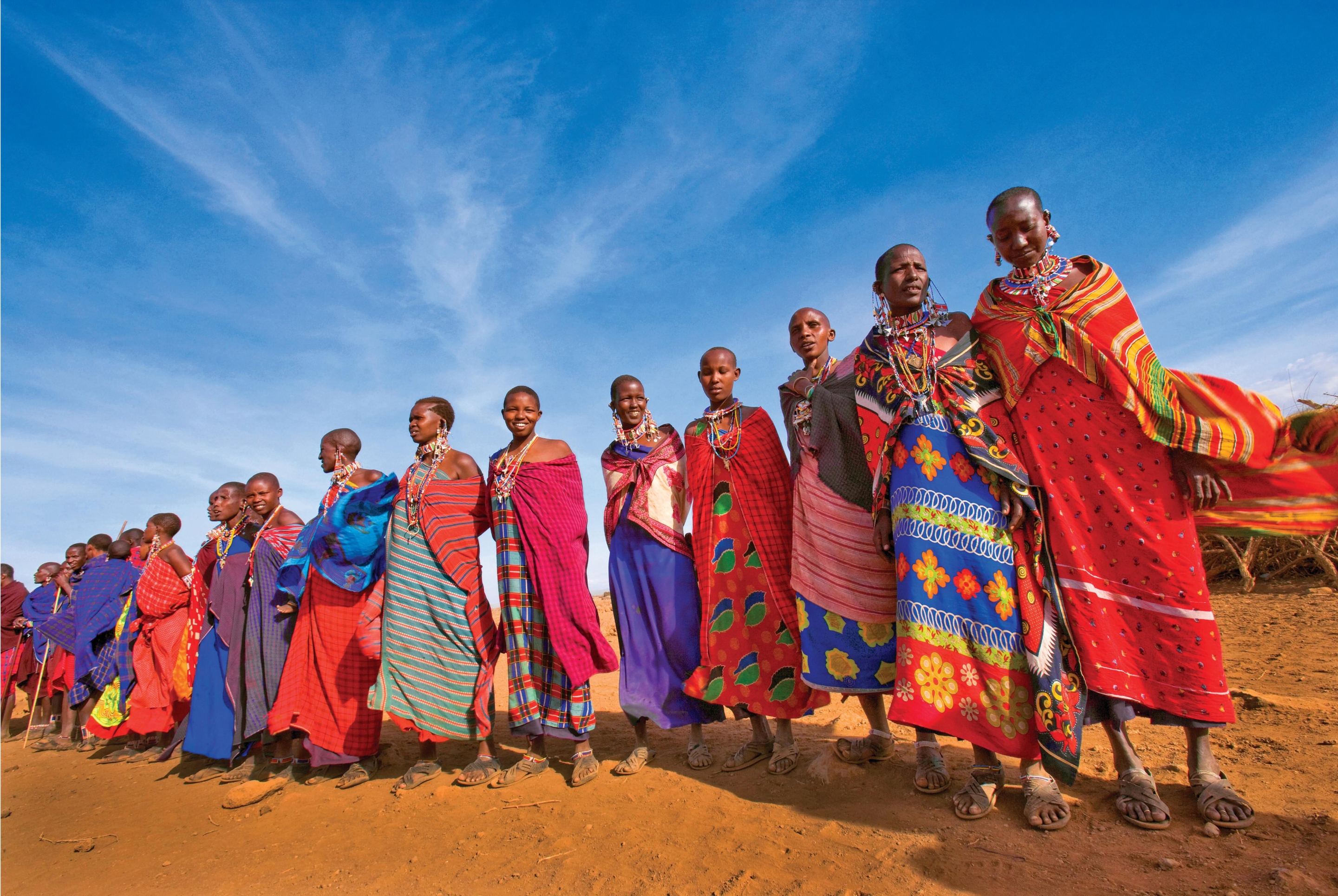You’re receiving this message because your web browser
is no longer supported
We recommend upgrading your browser—simply click the button below and follow the instructions that will appear. Updating will allow you to accept Terms and Conditions, make online payments, read our itineraries, and view Dates and Prices.
To get the best experience on our website, please consider using:
- Chrome
- Microsoft Edge
- Firefox
- Safari (for Mac or iPad Devices)

bolivia
Compare Our Adventures
Click 'Select to Compare' to see a side-by-side comparison of up to adventures below—including
activity level, pricing, traveler excellence rating, trip highlights, and more
Spend 8 days in Bolivia on our
Post-trip Extension
Bolivia: La Paz & Lake Titicaca
Bolivia: La Paz & Lake Titicaca

Spend 7 days in Bolivia on our
Post-trip Extension
Bolivia’s Culture & Landscapes: La Paz to the Uyuni Salt Flats
Bolivia’s Culture & Landscapes: La Paz to the Uyuni Salt Flats

Compare Adventures
Add Adventure
including international airfare
per day
*You must reserve the main trip to participate on this extension.
**This information is not currently available for this trip. Please check back soon.
You may compare up to Adventures at a time.
Would you like to compare your current selected trips?
Yes, View Adventure ComparisonBolivia: Month-By-Month
There are pros and cons to visiting a destination during any time of the year. Find out what you can expect during your ideal travel time, from weather and climate, to holidays, festivals, and more.
Bolivia in November-February
Bolivia experiences two main seasons: wet and dry. The wet season kicks off in November, bringing heavy rains and frequent, powerful thunderstorms—often producing mesmerizing lightning shows in the process. A benefit to the heavy rainfalls is the glowing green of a healthy countryside, which blooms with an abundant growth of native plants and flowers. Evenings—which tend to be dry, particularly in the highlands—are an especially pleasant time of day for exploring. Another benefit of the wet season: fewer tourists and lower prices.
Holidays & Events
- November 1: Todos Santos, or All Saints Day, honors all saints in a joyous celebration of life.
- December 24-January 6: Navidad, or Christmas, is celebrated from Christmas Eve to January 6th. It is a holiday with deep religious connotation in Bolivia and the most important night during this celebration is Christmas Eve, with many attending Midnight Mass.
- January 24: Alasitas Festival; this celebration commemorates the 1781 siege of La Paz, where locals wish for prosperity and happiness by purchasing small figurines as an offering to the god of abundance.
- Early February: Festival of the Virgen de la Candelaria; this festival honors the Dark Virgin of the Lake, revered for a series of miracles believed to have occurred in 1576.
- Saturday Before Ash Wednesday: Carnival de Oruro is a religious festival dating back hundreds of years featuring up to 20 hours of continuous revelry.
Must See
Like many Catholic nations, Bolivia celebrates Todos Santos. Businesses and stores are closed on this day, and many Bolivians attend Mass. The following day, November 2, is known as Dia de los Muertos, when Bolivians visit deceased relatives at their graves.
With Catholicism as the main religion in Bolivia, Navidad is an important (not to mention sacred) celebration. Most locals attend Midnight Mass on Christmas Eve (called the Misa de Gallo), followed by the main Christmas meal. Gifts are sometimes exchanged, but this is not very common. If gifts are exchanged, it most likely occurs at Epiphany (on January 6), when the Wise Men brought gifts to Jesus.
While trinkets may not be common around Christmastime, they certainly have a place at the Alasitas Festival. Held just before Carnival, this month-long event draws Bolivians to La Paz to purchase everything from cars, houses, clothing, and food—in miniature. These items are given as an offering to Ekeko, the Aymara god of abundance, with the hope of bringing them happiness and good fortune.
Carnival arrives with a bang throughout Bolivia. But the biggest celebration can be found in the small town of Oruro, where 400,000 people descend for folk dances, elaborate costumes, music, and crafts.
Around the same time, people from all over the world travel to Lake Titicaca to celebrate the Festival of the Virgen de la Candelaria. This festival, which honors the Patroness of Bolivia, includes music, dancing, and lots of food and drink.
Watch this film to discover more about Bolivia
Bolivia in March-April
Driving rain and powerful thunderstorms continue well into March. But Bolivia's regions actually experience the season somewhat differently: The highlands receive less rain, days tend to be cool and overcast, and evenings are often dry and pleasant. Meanwhile, the lowlands experience more flash flooding and humidity (and more mosquitoes as a result). Flooding can cause road closures, especially in the lowlands, but most roads traveled by tourists are not adversely affected. The shoulder season (which begins in April) is an ideal time to visit, as prices are still relatively low and the rain has begun to subside.
Holidays & Events
- Third Sunday in March: Pujllay Festival; honors the liberation of the town of Tarabuco from Spanish forces and those who died to gain their independence.
- Mid- to late-March: Semana Santa, or Holy Week begins on Palm Sunday with the height of celebrations taking place on Holy Thursday, when churches open their doors for worshipers to light candles, pray and sing.
Must See
Semana Santa, the week leading up to Easter, is celebrated throughout Bolivia. But the most elaborate affair can be found in Sucre. The event begins on Palm Sunday with processions and the singing of hymns are common. But the most important event takes place the following Thursday—the walk to Churuquella Hill to the statue of Christ the Redeemer at the summit. Along the way, worshipers stop to hear the twelve Stations of the Cross.
Bolivia in May-July
Unsurprisingly, Bolivia’s dry season is also its high season: Reliably sunny days and clear blue skies make overland travel more accessible and outdoor activities more enjoyable during this time of year. Nights can be cool throughout the country but especially in the highlands, where temperatures can drop below freezing. Beginning in May, occasional cold fronts from Patagonia sweep across Bolivia, sending daytime temperatures plummeting, even in the Amazon—so be sure to pack a warm jacket.
Holidays & Events
- Late May: The Fiesta del Gran Poder (or Festival of the Great Power) is a dramatic religious festival that takes over the streets La Paz for two days with revelry.
- June 21: Aymara New Year is celebration of the winter solstice.
- June 23: San Juan Festival; this country-wide winter solstice celebration includes bonfires and roasted panchitos, or hot dogs.
Must See
With lower humidity, fewer mosquitoes, and active wildlife, the dry season is a great time to visit the Bolivian Amazon.
For a more cosmopolitan experience, consider the two-day Fiesta del Gran Poder. Held each year in La Paz, the festival, which mixes Catholic and indigenous Aymara traditions, features costumed dancers parading through the city streets. This is one of the most popular events of the year, so it’s best to book accommodation early.
Aymara traditions are also on full display on June 1 during Aymara New Year. This relatively recent (and controversial) addition to the Bolivian calendar of public holidays is designed to recognize the indigenous Aymara people who live in western Bolivia. While some feel the holiday imposes the beliefs of a minority group on the country as a whole, many are happy to participate in the festivities, which celebrate the winter solstice in the Southern Hemisphere.
Watch this film to discover more about Bolivia
Bolivia in August-October
While days continue to be sunny and comfortable through October, August and September can be marked by thick smoke, as local farmers clear overgrown forested areas with fires. This can make it difficult to breathe in Bolivia’s more rural regions. Smoke aside, these months are consistently rated a great time to visit the country, and higher prices reflect the season’s popularity with tourists.
Holidays & Events
- Late August: Urkupiña Festival; a fusion of Catholic and Andean traditions, this celebration of the Virgin Mary is marked with three days of festivities.
- Early September: Virgen de Guadalupe Festival; a combination of indigenous beliefs and Catholicism, this festival features a Mass in the main plaza in the city of Sucre, as well as music, dancing, and a lively parade.
Must See
Each year, the small town of Cochabamba hosts the Urkupiña Festival in honor of the Virgin Mary, who is said to have once visited a shepherd girl on the hills outside the town. This colorful celebration features folk dances, lively parades, and—for the more religious attendees—an overnight pilgrimage.
A few weeks later, the normally quiet city of Sucre transforms into a boisterous party town during the annual Virgen de Guadalupe Festival, which honors Sucre’s patron saint with costumed performances, traditional street foods, and a joyful parade.
Watch this film to discover more about Bolivia
Average Monthly Temperatures
High Temp Low Temp
Bolivia Interactive Map
Click on map markers below to view information about top Bolivia experiences
Click here to zoom in and out of this map
*Destinations shown on this map are approximations of exact locations
Lake Titicaca

Lake Titicaca is the largest lake in South America, covering an area of more than 3,000 square miles, and is the highest navigable lake in the world, straddling the border between Peru and Bolivia within the Andes mountain range at an altitude of 12,500 feet above sea level.
Its beauty is the stuff of legends, and is a holy place in the Inca religion; in their lore, the god of civilization, Virachocha rose from its depth and willed the sun, moon, and all of creation into existence. Religious and folk traditions of all types are still powerful here; Puno, a city located on the shore of the lake, is considered the folkloric capital of Peru, and is the scene of numerous festivals and celebrations honoring the old indigenous religions, as well as Catholic traditions brought over by the Spanish.
The area was, and still is, inhabited by the indigenous Uros people. Centuries ago, when the Inca encroached upon their lands, they retreated onto the lake itself, constructing entire floating islands out of reeds. Today, around 40 manmade islands still exist where the Uros follow their traditional way of life, centered around fishing and handcrafts.
Explore Lake Titicaca with O.A.T. on:
- Pre Trip:Bolivia: La Paz & Lake Titicaca on Colombia's Colonial Jewels & the Coffee Triangle
- Post Trip:Bolivia: La Paz & Lake Titicaca on Machu Picchu & the Galápagos
Traveler Photos & Videos
View photos and videos submitted by fellow travelers from our Bolivia adventures. Share your own travel photos »
